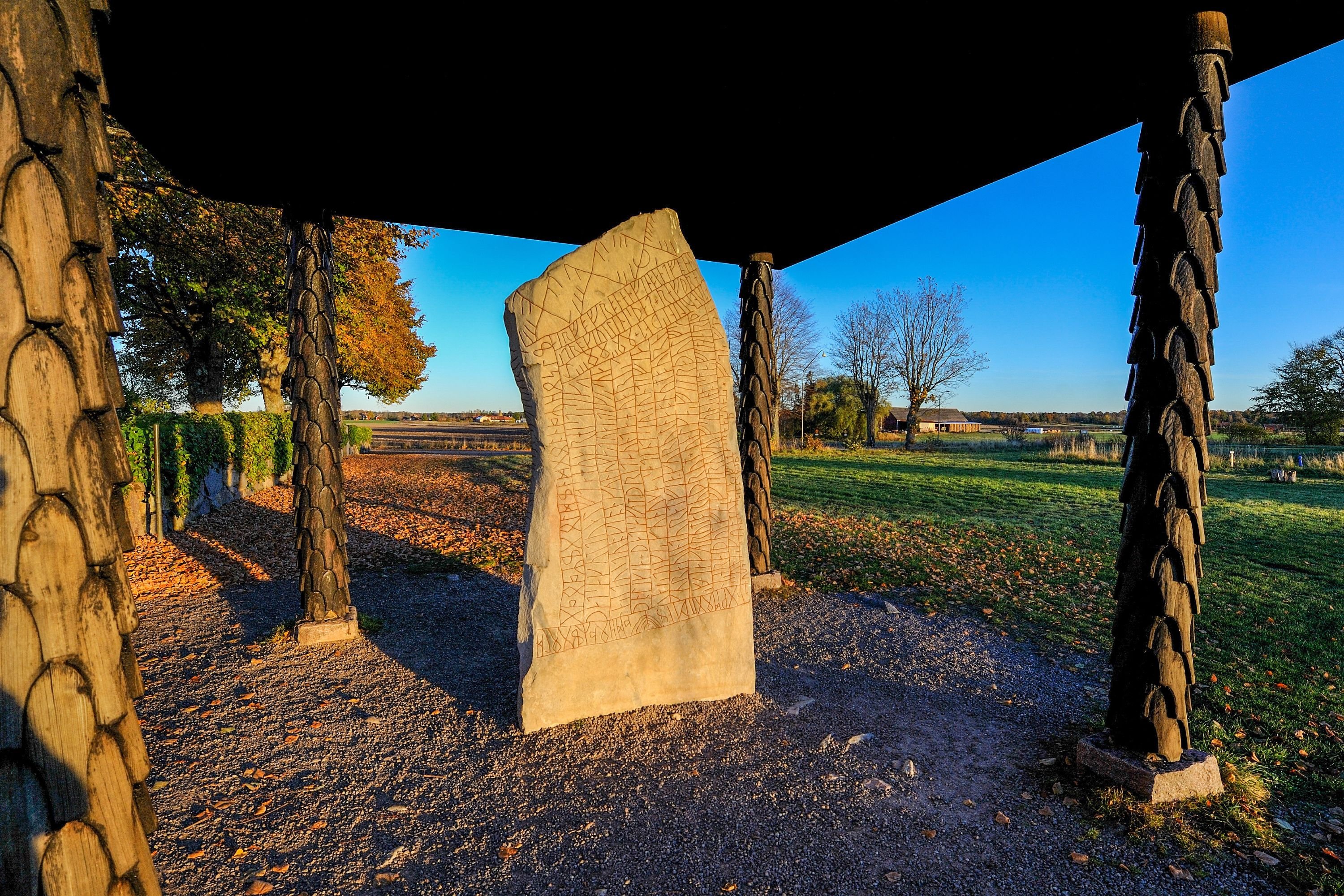Riddles Inscribed On A Large Viking Monument In Sweden May Have Signaled Fears Of A Cold Climate Crisis Repeating

There is a huge 9th-century stone monument in Sweden that is believed to have been erected by Vikings with fears of a previous cold climate crisis repeating.
The Rok runestone weighs five tons and stands over eight feet tall. It is located near Lake Vattern in south-central Sweden.
It also contains the world’s longest runic inscription in stone, with more than 700 runes covering its five sides. It has 28 lines of riddle-like messages, and one of them is damaged.
The runestone may have been created as a memorial to a dead son. The exact meaning of the inscriptions was unclear due to the different writing forms, and some parts were missing as well.
The stone mentions the heroic acts of Theodoric, which may refer to Theodoric the Great, a 6th-century ruler of the Ostrogoths in what is now Italy.
A 2020 study by researchers from three Swedish universities determined that the inscriptions alluded to a period of extreme winter weather.
“The inscription deals with an anxiety triggered by a son’s death and the fear of a new climate crisis similar to the catastrophic one after 536 C.E.,” wrote the study authors.
The previous climate crisis occurred from the years 536 to 550. It was caused by a series of volcanic eruptions, which led to lower average temperatures, crop failures, hunger, and mass extinctions. As a result, the population of the Scandinavian Peninsula dropped by an estimated 50 percent or more.
The memory of those events was passed down through the generations, influencing Norse mythology.
rolf_52 – stock.adobe.com – illustrative purposes only
Sign up for Chip Chick’s newsletter and get stories like this delivered to your inbox.
The interpretation of the text was based on a collaborative effort between researchers from multiple disciplines, including archaeology, philology, and the history of religion.
Some passages from the Stone speak of battles that took place over the course of a century. However, the researchers suggest that the text could be describing a different kind of battle unrelated to warfare, such as “the conflict between light and darkness, warmth and cold, life and death.”
Before the Rok runestone was erected, there were also a number of strange events that happened during the creator’s lifetime, which could have “seemed extremely ominous.”
“A powerful solar storm colored the sky in dramatic shades of red, crop yields suffered from an extremely cold summer, and later, a solar eclipse occurred just after sunrise,” said Bo Graslund, a co-author of the study and a professor of archaeology at Uppsala University.
“Even one of these events would have been enough to raise fears of another Fimbulwinter,” Graslund added, referring to “The Great Winter” in Norse mythology that lasted for three years and marked the coming of Ragnarok, which was a series of events that would give rise to the downfall of civilization.
The study was published in Futhark: International Journal of Runic Studies.
Welcome to Billionaire Club Co LLC, your gateway to a brand-new social media experience! Sign up today and dive into over 10,000 fresh daily articles and videos curated just for your enjoyment. Enjoy the ad free experience, unlimited content interactions, and get that coveted blue check verification—all for just $1 a month!
Account Frozen
Your account is frozen. You can still view content but cannot interact with it.
Please go to your settings to update your account status.
Open Profile Settings